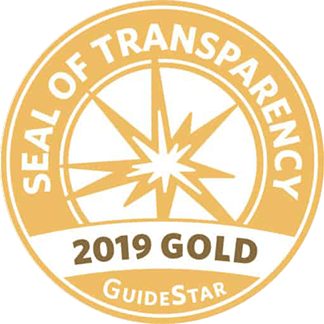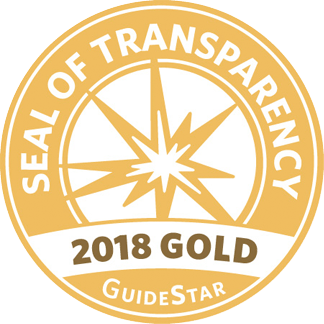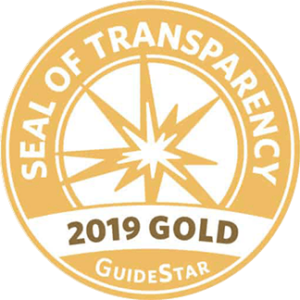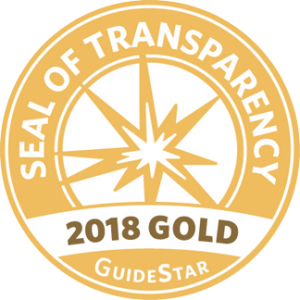Originally published July 2016; Updated July 2021.
In the United States, workers have no guaranteed federal protections for paid time off to care for themselves or loved ones. This can make planning for maternity leave daunting. While A Better Balance is working towards a national paid leave program, there are other key protections that workers should know about to help plan for baby’s arrival. Various federal, state, and local laws provide accommodations or time off for certain workers who are recovering from childbirth or need time to bond with their new child. Understanding these laws can help demystify the process of preparing for your maternity leave. Keep in mind that these laws set the floor—not the ceiling—on employers’ obligations, so be sure to consult your employer’s policies (and, if you are in a union, the collective bargaining agreement) for any additional protections your employer may provide beyond these legal obligations.
What is Maternity Leave?
Maternity leave is time off, either paid or unpaid, to care for yourself after childbirth and to bond with a new child. Federal or state laws may protect your job while you are taking leave due to pregnancy, recovery from childbirth, or to bond with a new child (including adopted and foster children).
Unpaid Family & Medical Leave
Unpaid family and medical leave laws typically provide time off from work that allows you to keep your job but your time away from work may not be paid. Generally, if you are eligible for both paid family and medical leave and unpaid family and medical leave, you often have to take those at the same time, but there may be exceptions.
If you are covered, the Family Medical Leave Act (FMLA) allows you to take up to 12 weeks per year of unpaid job-protected time off to care for a new baby or to care for your own serious medical needs, including those related to pregnancy and recovery from childbirth. The FMLA applies to all biological, adoptive, and foster parents, as well as stepparents—not just to birth parents.
Eligibility: Only about half of all private sector workers in the U.S. are covered by the law. To be eligible, you must 1) work for the government or a company with 50 or more employees within 75 miles of your worksite; and 2) have worked with your employer for at least 1 year; and 3) have worked at least 1,250 hours in the year before taking leave. If you are in the top 10% of highest-paid workers in your company, different rules apply.
- If you are covered, you can use the 12 weeks to care for your own health (including pregnancy), to care for a new child after birth, adoption, or foster placement, or to care for a seriously ill family member. Remember that you only get 12 weeks a year in total—if you take time off before you give birth for your own health needs, you’ll have less time afterward to spend with your baby.
- Before giving birth, you may use your leave an hour or day at a time—such as by taking a day off per week to go to the doctor— rather than all at once. Your employer must approve, however, if you want to use leave time in smaller chunks to bond with your baby.
- While you are on leave, if you receive health insurance through your employer, you have the right to keep your health insurance benefits.
- When you return to work, you have the right to return to the same or a very similar job, unless you fall into a narrow exception.
- If you have accrued paid leave from your employer, you may choose to use that paid time off concurrently with your FMLA time. Your employer can also require you to use your paid leave—including paid vacation, personal, or sick days—while you are taking FMLA leave.
- For more information about the Family and Medical Leave Act, see here.
Even if you are not covered under the FMLA, many states have laws that are similar to the FMLA, but may have different eligibility requirements or provide more time off. Learn more about the rights you have in your state by visiting our Workplace Rights Hub.
State Paid Family and Medical Leave Laws
Paid family and medical leave is usually a longer-term leave of up to a few months (though can often be taken in smaller increments) if you need to bond with a new child, have a serious health condition, are caring for a loved one with a serious health condition, or have certain military family needs.
The United States is one of the only countries in the world with no national paid family leave law. However, you may have the right to paid leave during pregnancy, childbirth, and to bond with a new child under state or local laws.
Momentum for paid family and medical leave at the state level continues to build. Nine states and Washington D.C. have passed into law programs to provide pay to workers taking time off to bond with a new child, care for a seriously ill loved one, or recover from one’s own serious health condition. These laws have been passed in California, Colorado, Connecticut, Massachusetts, New Jersey, New York, Oregon, Rhode Island, Washington, D.C., and Washington State. For more information about these laws and how to access your rights under them, check out our Paid Family Leave Laws chart or visit our Workplace Rights Hub.
In a few states, you can use temporary disability insurance to recover from childbirth and then use paid family leave to bond with your baby if your state has a paid family leave law. Temporary disability insurance (TDI) programs, however, may not protect you from being fired while out on leave. That means that if you are not eligible for the Family and Medical Leave Act (FMLA), a state Pregnant Workers Fairness Act or a state family and medical leave law (all discussed in the Workplace Rights Hub), you can potentially lose your job while taking time off and receiving TDI payments.
- TDI only covers your period of disability, not bonding, so it’s important to start collecting it right after you give birth or you could lose out.
- To see if your state has a temporary disability insurance law, visit our Workplace Rights Hub.
Keep in mind that your employer may have a paid family and medical leave or disability policy that is more generous than your state or local sick time law. So always be sure to double check your employer policies for paid time off.
Workplace Accommodations
If you need changes at work or after birth to stay healthy on the job, federal or state laws may be able to help. Below is an overview of both state and federal law protections for workplace accommodations.
The Americans with Disabilities Act (“ADA”) prohibits discrimination against workers with disabilities. This law applies to workplaces with 15 employees or more. Under the ADA, you may have the right to unpaid leave as a reasonable accommodation, unless such leave would create an undue hardship for your employer. To be considered a qualifying “disability” under the ADA, your medical condition must “substantially limit” a major life activity, such as sleeping, eating, concentrating, or working. Because pregnancy related conditions do not always qualify under the ADA, not all pregnant workers are protected or given accommodations.
The Pregnancy Discrimination Act (“PDA”) is a federal law that prohibits employers from treating pregnant workers worse than other workers just because they are pregnant or experience pregnancy related conditions. Your boss could also be violating the federal PDA or your state’s anti-discrimination laws if he or she treat workers who take time off for childbirth differently from those who take time off for other medical treatments. For instance, if you need time off to recover from a c-section, you may have a right to an accommodation such as unpaid leave, light duty work, or remote work, if your employer provides other similarly situated employees with similar accommodation needs.
State Pregnant Workers Fairness Acts
State Pregnant Workers Fairness laws (sometimes called a “PWFA”) prevent discrimination against pregnant workers, regardless of whether they have a disability, by ensuring that employers do not force them off the job for requesting a simple accommodation that is necessary to promote a safe and healthy pregnancy.
30 states and 5 cities have these types of protections for pregnant workers in need of temporary adjustments at work, known as “reasonable accommodations.”
These reasonable accommodations can include additional bathroom breaks, a water bottle, modified scheduled, or time off work.
If your state or locality has passed a PWFA, giving workers an affirmative right to accommodations for pregnancy, childbirth, and related medical conditions, you may have the right to unpaid, job-protected time off work as a reasonable accommodation to physically recover from childbirth, unless doing so would impose an undue business hardship on the employer. Learn more here.
Click here for more information on state and local laws protecting pregnant workers.
Paid Sick Time
A paid sick time law typically provides short-term time off, often in increments of hours or days. Sick time can typically be used if you need time off because you have a shorter-term illness (such as a bad cold), you need to attend a medical appointment be it for illness or preventative care, you need to care for a loved one who is ill, or you need to address needs related to domestic violence.
Paid sick time can be used for many reasons, including for prenatal or postnatal appointments or your baby’s check-ups. In the United States, dozens of jurisdictions—including states, cities, and counties—have paid sick time laws on the books. To learn more about these laws visit our interactive sick time chart or learn more about these laws on our Workplace Rights Hub.
Keep in mind that your employer may have a more generous sick time policy than your state or local sick time law. So always be sure to double check your employer policies for paid time off.
Please note that this guide is not intended to provide an exhaustive overview of any one law described. It is possible that other provisions may apply to your specific circumstances or category of employment.
Note also that the information contained in this guide does not constitute legal advice. Please be aware that if you are contemplating taking legal action, most laws have something called a “statute of limitations,” which means that you have to take action within a certain period of time following the violation. It is always advisable to consult with an attorney about your individual circumstances if you have questions or think your rights as a worker have been violated.
For more information about the laws where you work, visit A Better Balance’s Workplace Rights Hub here. If you have questions, you can call our free and confidential legal helpline at 1-833-NEED-ABB (1-833-633-3222) or visit abetterbalance.org/get-help.








